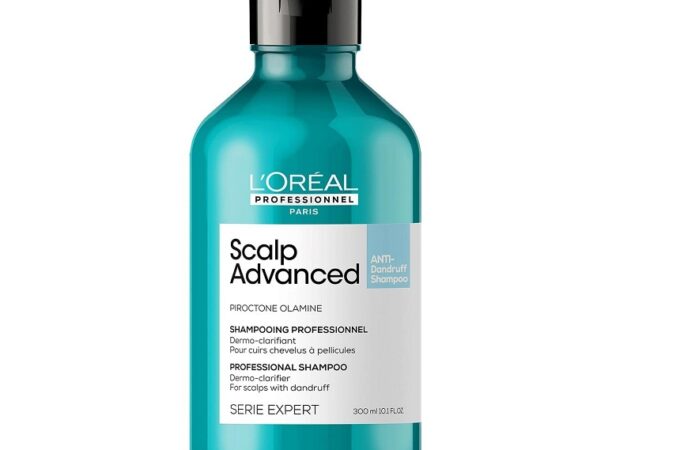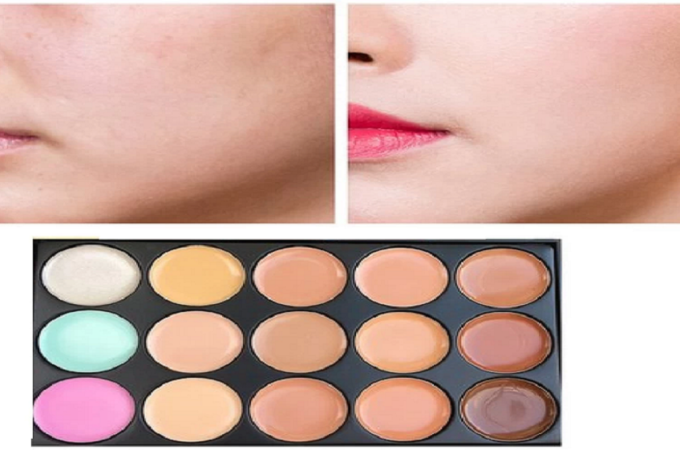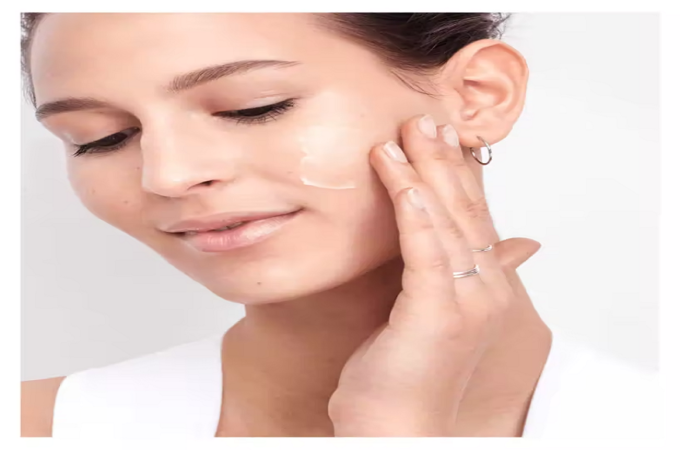
How to choose the best colors for your skin tone?
Choosing the right colors to wear can be a daunting task, especially when it comes to clothing. However, it doesn’t have to be complicated if you know your skin tone.
The right colors can enhance your complexion, make you look radiant, and bring out the best in you. In this article, we will discuss how to choose the best colors for your skin tone.
Identify your skin tone
The first step to choosing the right colors is identifying your skin tone. Generally, there are three skin tones – warm, cool, and neutral.
Warm skin tones have yellow, golden, or peach undertones, while cool skin tones have pink or blue undertones. Neutral skin tones have a mix of both warm and cool undertones.
Ways to determine your skin tone
There are several ways to determine your skin tone. One way is to look at the veins on your wrist.
If your veins appear green, you have a warm skin tone. If they appear blue or purple, you have a cool skin tone. If you can’t tell if they are blue or green, you may have a neutral skin tone.
Another way to determine your skin tone is by looking at the jewelry you wear. If you look best in gold jewelry, you have a warm skin tone.
If you look best in silver jewelry, you have a cool skin tone. If you look good in both, you have a neutral skin tone.
Tips how to choose the best colors for your skin tone
Once you have identified your skin tone, you can choose colors that complement it. Here are some tips:
Warm skin tones
If you have a warm skin tone, choose colors that have warm undertones such as earthy tones, oranges, reds, yellows, and browns. Olive greens and warm shades of blue can also complement warm skin tones.
Cool skin tones
If you have a cool skin tone, choose colors that have cool undertones such as blues, greens, and purples. Pinks and reds with blue undertones can also look good on cool skin tones. Avoid colors that have yellow or orange undertones.
Neutral skin tones
If you have a neutral skin tone, you can wear a wide range of colors, both warm and cool. However, avoid colors that are too bright or too pale.
Experiment with different shades:
It’s important to experiment with different shades of colors to find the ones that suit you best. For example, if you have a cool skin tone, you may look better in light blue than dark blue.
Consider the occasion
When choosing colors, consider the occasion you will be wearing them to. For formal events, it’s best to choose classic colors such as black, navy, and gray. For casual events, you can experiment with brighter colors and patterns.
Undertones
Understanding the undertones of colors can make a big difference in how they look on your skin.
For example, if you have warm undertones, you may look best in colors with a yellow or gold base, while cool undertones may look better in colors with a blue or pink base.
Neutrals
Neutral colors such as white, black, and gray can be worn by anyone, regardless of skin tone. However, it’s important to choose the right shade.
If you have warm undertones, go for off-white or ivory instead of pure white. If you have cool undertones, choose a cool gray instead of a warm gray.
Prints
When it comes to prints, choose ones that complement your skin tone. For example, if you have warm undertones, look for prints with warm colors such as oranges, yellows, and reds.
If you have cool undertones, choose prints with cool colors such as blues and purples.
Accessories
Don’t forget about accessories! Accessories such as scarves, handbags, hats, and jewelry can also make a difference in how your outfit looks on you.
Choose accessories that complement your skin tone and bring out the colors in your outfit.
Personal preference
At the end of the day, personal preference is what matters most. If you love a certain color, don’t be afraid to wear it! Confidence is key, and if you feel good in a certain color, it will show.
Consider your hair and eye color
Your hair and eye color can also play a role in which colors look best on you. For example, if you have warm skin tones and brown eyes, you may look great in shades of green and brown.
If you have cool skin tones and blue eyes, you may look great in shades of pink and blue.
Look at the saturation of colors
The saturation of colors can also make a difference in how they look on your skin. If you have fair skin, you may want to choose more muted or pastel shades.
If you have darker skin, you may want to choose brighter or more saturated colors.
Use color blocking
Color blocking is a great way to create a statement outfit. Choose colors that complement each other and your skin tone to create a visually appealing look.
Get inspiration from others
Look for inspiration from fashion bloggers, celebrities, and other people with a similar skin tone to yours. See what colors they wear and how they style and carry their clothes, ladies’ bags and heel sandals.
Don’t be afraid to try new things
Fashion is all about experimenting and trying new things. Don’t be afraid to try a color that you wouldn’t normally wear. You may be surprised at how great it looks on you.
Consider the season
The time of year can also play a role in which colors look best on you. In the spring and summer, brighter and lighter colors tend to be more popular, while in the fall and winter, darker and more muted colors tend to be more popular. Consider choosing colors that are appropriate for the season.
Pay attention to the fabric
The fabric of your clothing can also affect how colors look on you. Different fabrics reflect light differently, which can change the way colors appear. Consider choosing colors that work well with the fabric of your clothing.
Use color psychology
Color psychology is the study of how colors affect people’s moods and emotions. Consider using colors that evoke the emotions or moods that you want to convey.
For example, if you want to feel confident, you may want to choose a bold and vibrant color.
Try on clothing
Trying on clothing is the best way to see how colors look on you. Don’t be afraid to try on different colors and shades to see what works best for you.
Consider your skin’s reaction to sunlight
Pay attention to how your skin reacts to sunlight. If you burn easily or have a lot of redness in your skin, you may want to avoid colors that can make the redness more noticeable.
Conclusion
Choosing the right colors for your skin tone can be a game-changer. It can enhance your appearance, make you feel confident, and bring out the best in you.
By identifying your skin tone and experimenting with different shades, you can find the colors that complement you the most. Remember to consider the occasion and have fun with your choices.





